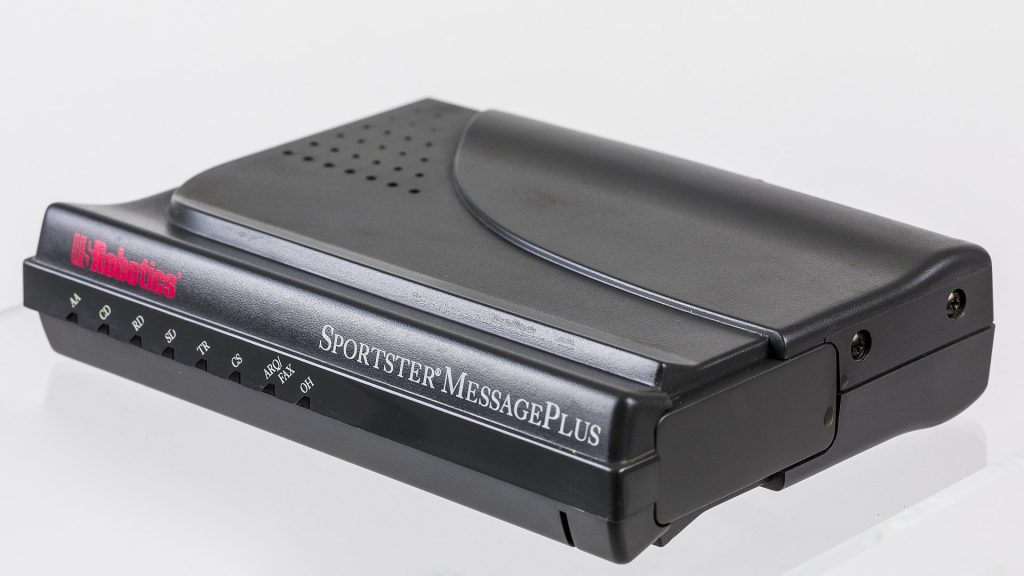A short video experiment inspired by my time at the working conference “Video Essay. Techniques and Methods”, organised by the Video Essay Research Group at Lucerne University. This video strings all 36 clips that currently exist in the Super Volume database together into one, drastically compressed video! You can read more about the Super Volume project here.
I was lucky enough to spend some time in Switzerland at a working conference just before Christmas 2022. The conference was something of a revelation to me in that we were encouraged to use the time to work on our projects, collaborate, walk, have a snooze. It really was that good. I took full advantage of the time to clarify the next part of the Super Volume project (tentatively entitled ‘Turn it Up?’) which will take the form of a participant experiment. But I was also inspired by the presentations of some of the other participants at the conference, in particular Guli Silberstein’s video Excerpt, and the embodied research being done by Alice Lenay.
The ’56K’ in the title of this video refers to the fact that (purely by coincidence) the data rate is now so drastically reduced (using ffmpeg) that it would have been possibly to stream it using a late 90’s 56K modem. I was interested in finding out was how far I could push the data compression before it became impossible to recognise the human movement within the clips. As it turns out, I reached the lowest limit that the software would allow me to go to (approx 48kbps for the video and between 10 and 20 kbps for the audio), and even at this drastically reduced bitrate I think most of the clips still feature recognisable human movement.

These 56K modems were the last analogue gasp of the internet before Broadband arrived. And I feel like the Super Volume project is itself quite an analogue undertaking, embedded in films which tend to evoke a pastness. After all, the body movement demonstrated in these clips; the tangible connection with a physical volume knob or fader involving hand, wrist and even arm, is simply not replicated in our interaction with volume controls on phones, remote controls etc. And I wonder does that make modern volume manipulation a less enticing prospect for the insert shot?

